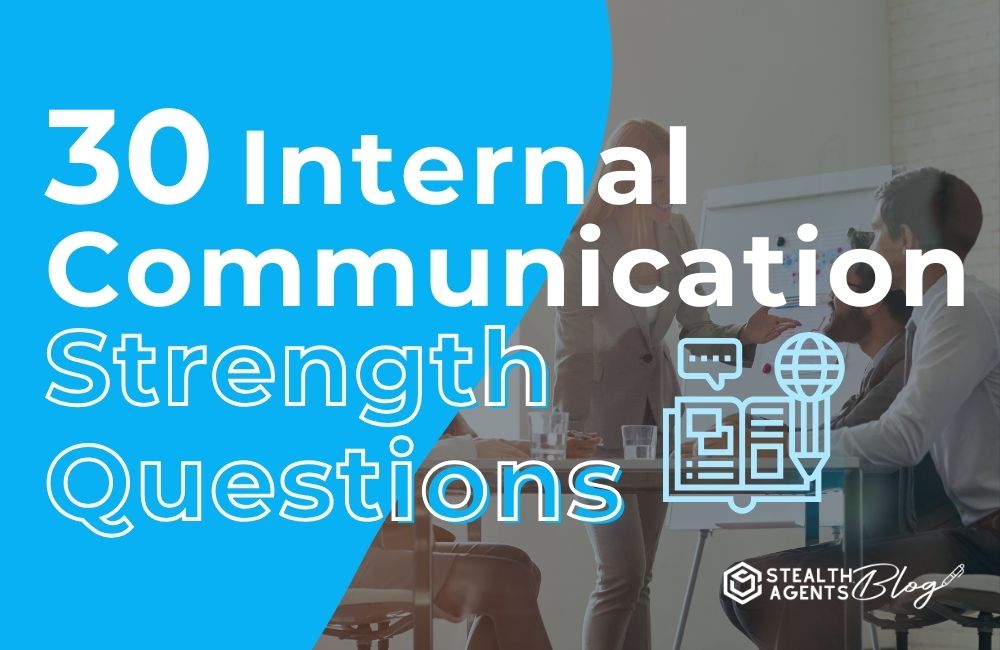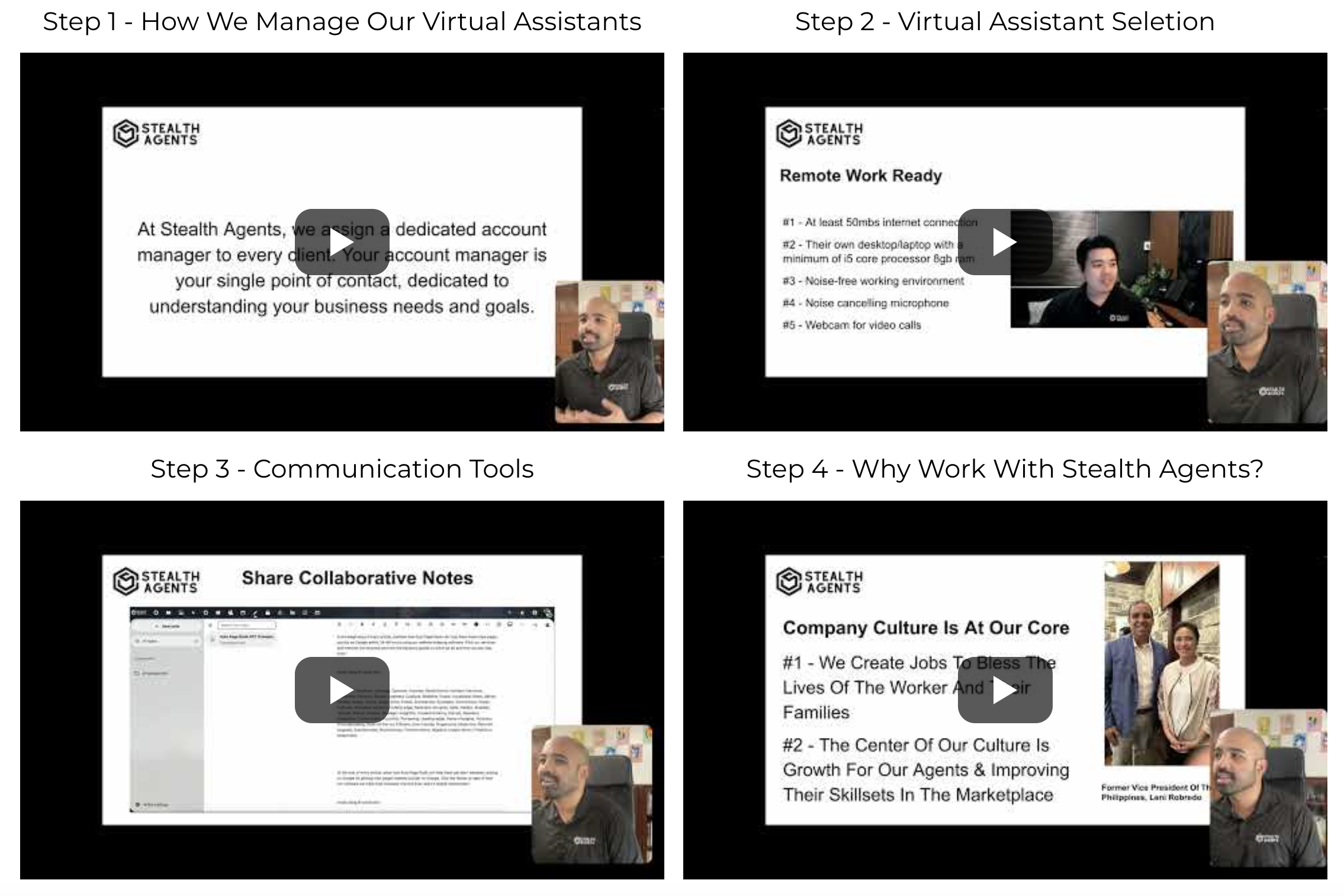Communication is the lifeblood of any organization. It’s the invisible thread that weaves through the fabric of the company, binding strategy and execution, leadership and teams, and ideas and action. Weaved into the complex tapestry that is your company, internal communication must be nurtured and celebrated. In this listicle, I’m going to take you on a journey of self-discovery, guiding you to uncover the strengths and potential weak spots in your organization’s internal communication fabric.
Unlocking Internal Conversations: Why it Matters
Before diving into the questions that can reveal your communication strengths, let’s quickly understand why this is so critical. Strong internal communication isn’t just about meetings and memos—it can:
-
Align team members with the company’s vision.
-
Improve workplace culture and morale.
-
Boost productivity and efficiency.
-
Reduce misunderstandings and conflicts.
Great, now that we’re on the same page, let’s embark on the quest to fortify your communication roots.
The 30 Communication Strength Questions
Every organization needs introspection. Sometimes you might look in the mirror and think, “Wow, that’s a strong jawline.” Other times, you identify a facial feature that could use a little more attention. The same goes for internal communication. Let’s evaluate yours with these 30 probing questions:
The Big Picture
- How do you define effective internal communication within your organization? It’s important to have a shared vision of what good communication looks like.
- What strategies do you have in place to ensure consistent and transparent communication at all levels? Intentions are great, but it’s action that makes the difference.
- Can you recall a recent instance where internal communication broke down? Examining failure is often more insightful than studying success.
- What’s one success story that exemplifies your organization’s communication strengths? We’re our best teachers—let a moment of triumph show the way.
- How do you formally gather feedback on internal communications? Your compass won’t do any good if you’re afraid to ask if you’re lost.
Team Dynamics
- How do you encourage open dialogue within your teams? A monologue might be easier, but dialogue is where the magic happens.
- What platforms or channels are most effective for your team’s communication? The method matters—figuring out what works is half the battle.
- Are there any cultural or language barriers that affect communication? Understanding your landscape will help you navigate it more effectively.
- What role do team leaders play in fostering good communication? They’re the captains of the ship—do they steer the right course?
- When was the last time an individual’s opinion significantly shaped an organizational decision? The power of many can often outshine the wisdom of a few.
Leadership Engagement
- How visible and approachable are your company’s leaders when it comes to communication? High towers might hide castles, but they don’t build relationships.
- Are your leaders good listeners? Not all who hear actually listen—is there a difference in your organization?
- What opportunities do employees have to communicate directly with leadership? A crack in the door is often all that’s needed for a conversation to start.
- Has a leader ever had to backtrack on a communication? If so, how was it handled? Humility is a leader’s superpower—how often is it used?
- Do leaders communicate differently depending on the audience? A tailor-fit message can often outshine an off-the-rack one.
Tools of the Trade
- Which internal communication tools have been most effective for disseminating important information? In the modern age, the method is often just as important as the message.
- How do you balance the use of digital communication tools with face-to-face interaction? It’s all about that sweet spot—it takes both to tango.
- What methods do you use to ensure important messages are not just delivered, but understood? A delivery isn’t complete when the package remains unopened.
- How do you handle sensitive or negative messages in an open, constructive way? A spoonful of sugar seems to help it all go down, but how do you like to administer it?
- Are there any emerging communication trends you’re watching that could benefit your organization? The ecosystem is always evolving—it’s unwise to not keep an eye on the horizon.
Measurement and Feedback
- Do you have any metrics in place to measure the effectiveness of your internal communication? If you can’t measure it, you can’t improve it.
- How do you provide consistent and constructive feedback to employees on their communication skills? Good grapes make good wine; good feedback makes good communicators.
- Are there regular communication audits conducted? If so, what have they unveiled? Sometimes you need a check-up—when was your last one?
- Do you have a feedback mechanism where employees can suggest improvements to the communication process? Those on the front lines often have the clearest view of the battlefield—listen to them.
- How do you handle instances where an employee is consistently left out of the communication loop? Sometimes the loop is a noose—how do you make sure everyone’s safe from it?
Continuous Improvement
- What ongoing initiatives do you have to strengthen internal communication across the organization? Like any muscle, communication needs exercise.
- Have you identified any areas for improvement in internal communication but haven’t taken action? Why? The greatest obstacle isn’t the mountain, it’s often the molehill we didn’t fix before it became a mountain.
- Do you support and encourage professional development in the area of communication? A strong team has strong members—do your team members lift or lean on each other?
- How do you ensure that internal communication remains a priority during times of major change or crisis? Storms often test our seafaring skills—how do you make sure your ship weathers them well?
- How do you consistently reinforce the importance of internal communication as part of your company’s culture? It’s not just a plan, it’s a lifestyle—how do you make it part of your company’s DNA?
Conclusion
Too often, internal communication operates under the radar, functioning quietly but with profound effects on a company’s health and productivity. By reflecting on questions such as these, we can begin to draw out the landscape of our communication strengths and—now aware of them—hone in on those areas that need a touch more finesse. In doing so, we strengthen our organization from the inside out, setting the stage for more efficient teams, happier employees, and better business outcomes. So be bold—and undertake this journey of discovery. Your company’s future depends on it.











